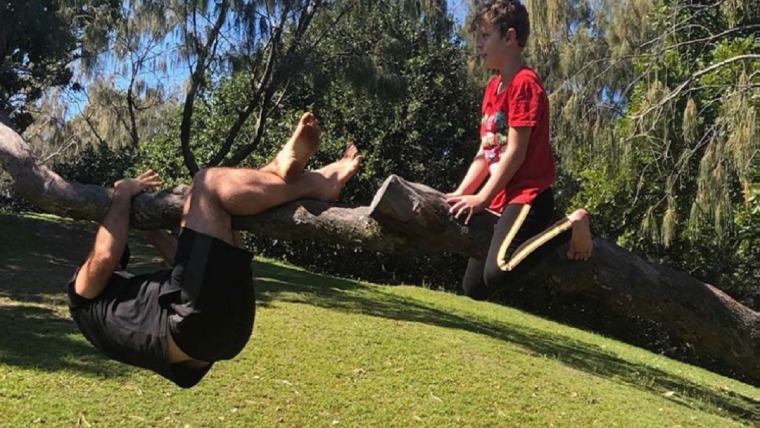
Written by Dr. James Zois
Ever noticed how easily some people can learn new skills? I’m sure you’ve heard the expression “he’s just a natural.” But perhaps the answer is not as simple as you think. Perhaps it has more to do with the type of learner you are and less to do with “your natural ability.” Let me explain how you too can be great at practically anything.
Everyone learns differently (Your Child’s Talents)
Fundamentally there are three types of learners, visual, auditory and kinaesthetic. Most people fall into one, or a combination of these learning characteristics. It is extremely important to understand what type of learner you are, so you can maximise your learning and search for the best activities and coaches/tutors that can cater to your style of learning. This can have a twofold effect i) increasing the speed at which you learn an activity, ii) improving your enjoyment of that activity – which has flow on effects for long-term participation.
How to identify your preferred learning style?
Remember that you might be a combination of more than just one of the below learning styles. Once you have identified what type of learner you really are, then you can start matching up your skills with activities and coaches/tutors that best fit your style – perhaps that’s when people will say “Wow, that person is a natural talent!”
Visual Learner (Your Child’s Talents)
Characteristics:
- Visual learners are people that love to draw, scribble and doodle, especially with colours.
- They tend to have good spatial awareness
- They are very good with maps and never seem to get lost in navigation. So that rules me out ????
Maximising visual learners:
- Visual learners need to see and watch the skill or action being performed first. This helps them better understand what exactly is required and how to complete the task.
- Use pictures, images or video of yourself for rehearsal purposes. Make sure that video is a short clip, no more than 10-15 seconds long, and that you are executing the skill perfectly, so you don’t practice the skill incorrectly.
- Coaches or tutors should use plenty of visual aids. The use of a white board to describe patterns of play and draw out concepts is very helpful for you.
- Use road maps (mapping of exercise progressions) to describe the path of improvement and development for a specific skill.

Auditory (aural) Learner: (Your Child’s Talents)
Characteristics:
- Auditory learners tend to like listening to music in the background while reading or working
- When remembering a phone number, they will repeat it out load and remember the tone in which it was said
Maximising auditory learners:
- Use cues and feedback that relate back to sound and tone. For example, if you’re learning to play tennis: what does the ball sound like when it’s been struck? Can you distinguish between the spins and aggressiveness of opponent’s shots?
- The instructor should be spending time talking with student and conveying verbal messages to them when possible.
- Use tones, sound and rhythm as often as possible to engage deep memory and let the brain encode the new learning in a way that you will remember later.
Kinaesthetic Learner:
Characteristics:
- Often these people will wiggle and tap their feet or move their legs when sitting for extended periods
- They can seem to be restless and “hyper active”
- Are usually linked to good performers in dance, acting and sports as they possess a strong sense of timing and body awareness/movement
- Learn through feeling and doing
Maximising kinaesthetic learners:
- Verbal instructions won’t work here! You need to link the skill to a feeling, motion, action or intrinsic characteristic to be able to grasp the new skill with your style of learning.
- There is a direct link between visual and kinaesthetic, so utilising some visual cues – BUT linking them to a feeling or motion is a good idea.
- If you must use verbal cues, link them to feelings/motions/actions, no more than 2-3 words.
Whilst learning a new skill or activity is never easy, it can be made simpler if we know what type of imbedded learning behaviours we have and match these to the task, or even the teacher. Perhaps that’s why some people seem to be naturals in certain skills and others just never quite get it.



